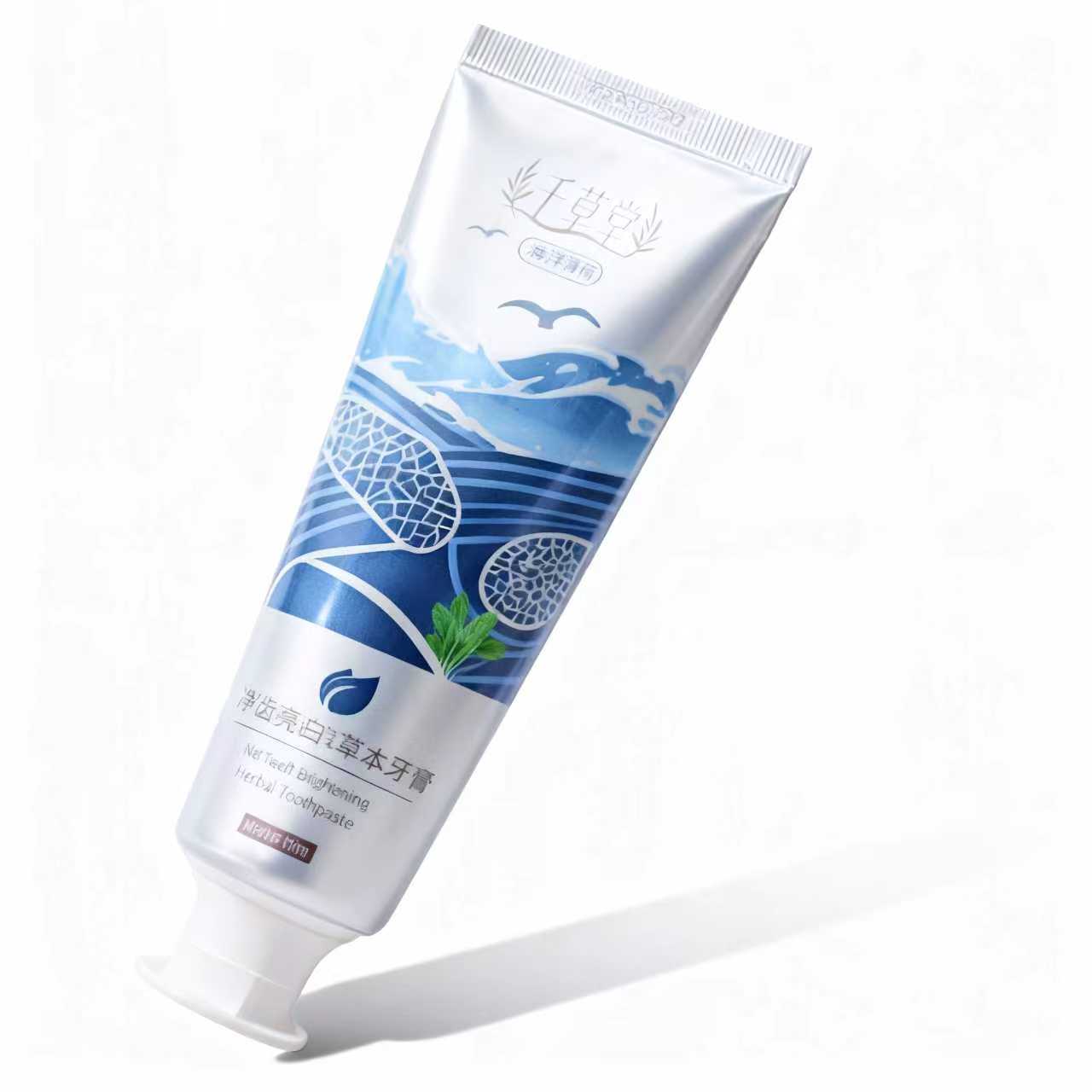Matex YG is a professional diatomaceous earth manufacturer known for producing high-quality diatomaceous earth products for various applications. With a focus on innovation and sustainability, Matex YG ensures that its offerings meet industry standards while catering to the needs of sectors such as agriculture, filtration, and construction. The company's commitment to quality and customer satisfaction positions it as a reliable choice among diatomaceous earth manufacturers.
Diatomaceous earth is a naturally occurring soft sedimentary rock formed from the fossilized remains of diatoms, a type of microscopic algae. These diatoms have unique, intricate cell walls made of silica, and over time, their skeletons accumulate in large deposits. When mined and processed, diatomaceous earth forms a fine, chalky powder composed mainly of silica, along with trace amounts of minerals. It has a porous structure, giving it high absorbency and mild abrasive qualities. Its light, fluffy texture and high silica content make it useful in various industries, including filtration and pest control.
Types of Diatomaceous Earth
Applications of Diatomaceous Earth
Why Choose Our Diatomaceous Earth?
Matex YG Diatomaceous Earth is made from natural, non-toxic materials, making it safe for use in gardens, homes, and food storage, without posing risks to pets or humans.
Known for its ability to deter pests, this diatomaceous earth effectively controls a variety of insects by dehydrating them, providing a chemical-free solution for pest management.
Suitable for multiple uses, Matex YG Diatomaceous Earth can be employed in gardening, agriculture, food preservation, and even as a natural cleaning agent, offering great value for various needs.
Sourced from premium deposits, our diatomaceous earth is processed to ensure high purity and effectiveness, delivering reliable results for both professional and personal use.

Diatomaceous Earth What is it Made of
Diatomaceous earth is a naturally occurring material formed from the fossilized remains of diatoms, which are tiny, single-celled algae found in oceans, rivers, and lakes. These microscopic organisms have cell walls made of silica, a compound that gives diatomaceous earth its unique properties. Diatomaceous earth is made of primarily silica (about 80-90%), along with trace amounts of other minerals such as aluminum, iron, calcium, and magnesium. Over time, the accumulation of diatoms' silica-rich shells formed large deposits of diatomaceous earth, which can be harvested and processed for a variety of uses.
The high silica content in diatomaceous earth gives it its characteristic abrasive and absorbent qualities. When ground into a fine powder, it becomes useful in a wide range of applications, including as a natural insecticide, a filtration medium, and an additive in products like toothpaste and cosmetics. The material's porous structure also makes it effective for moisture absorption and as a gentle abrasive in cleaning products. Because it is non-toxic and environmentally friendly, diatomaceous earth is widely used in both industrial and home settings.



















